RUOHAN DUAN
Cultural Acupuncture
Decentralization and democratization in Chinese exhibition design
ABSTRACT
There is an imbalance between the opportunities for aesthetic education in big cities and underdeveloped areas in China. Taking Shanghai and Beijing as examples, museums in big cities consume most art educational resources. People who live in rural or small towns hardly have access to the arts, making the aesthetic gap larger between cultural centers and cultural deserts.
This thesis proposes a new exhibition system that could send a series of accessible and sustainable exhibition structures around China to narrow the educational resources gap and synchronize cultural curriculum between different places. Decentralizing and democratizing the cultural center and bringing the exhibition space out of the museum will weaken its sanctification into four underdeveloped areas that lack cultural amenities: Qingdao, Handan, Yongshou, and Nuodeng. I will use Qingdao, my hometown, as a specific sample to show how a unit of exhibition structure could separate and regroup according to different cultural contexts. After a few years, I believe the culture desert will no longer be a desert, and the oasis will be across China.
I was inspired by a burr puzzle, an interlocking puzzle consisting of notched sticks in ancient China, to design the configuration of the exhibition’s structure. The structures will be assembled as a cube and transported easily by a truck. Each piece has a different shape and it could be combined into groups or exhibited by itself. This exterior exhibition won’t display any original artworks, but use augmented reality and holograms to show virtual images. The gap of principal structures will be filled by tiny cube seats made with local materials, which will offer regional characteristics to the public and recall nostalgia for the land they are standing on.
Site analysis
Image
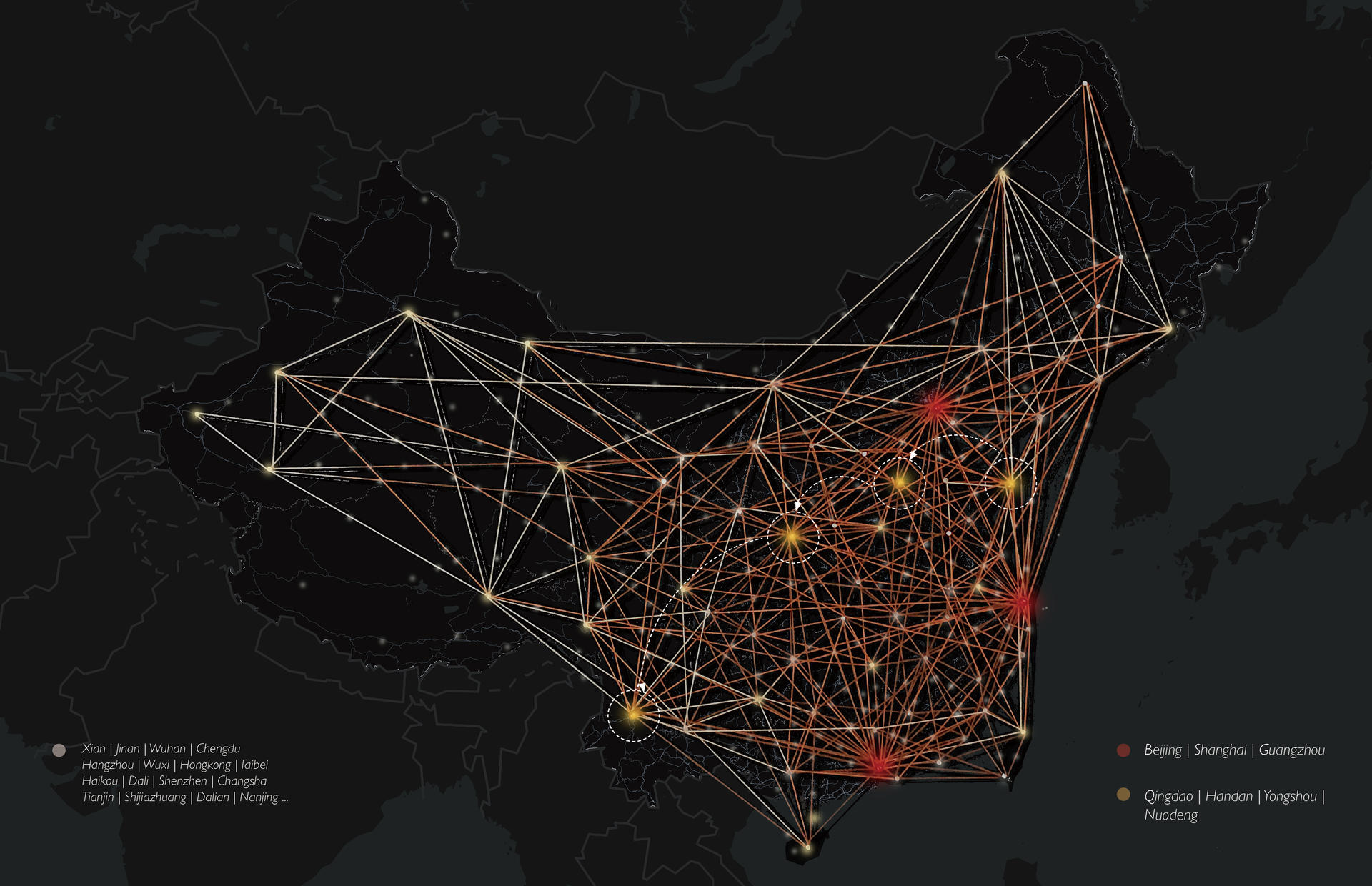
Image
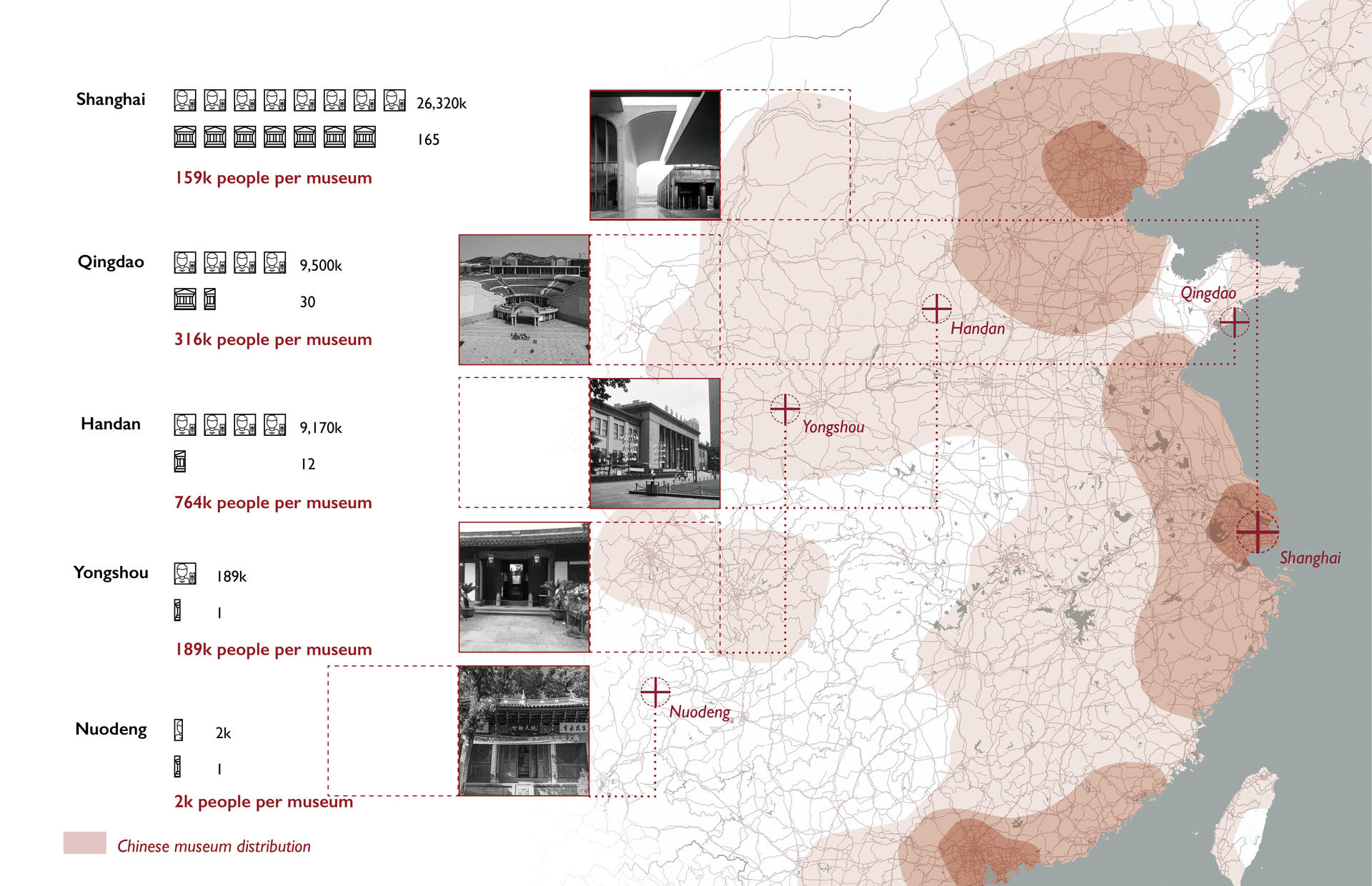
Image
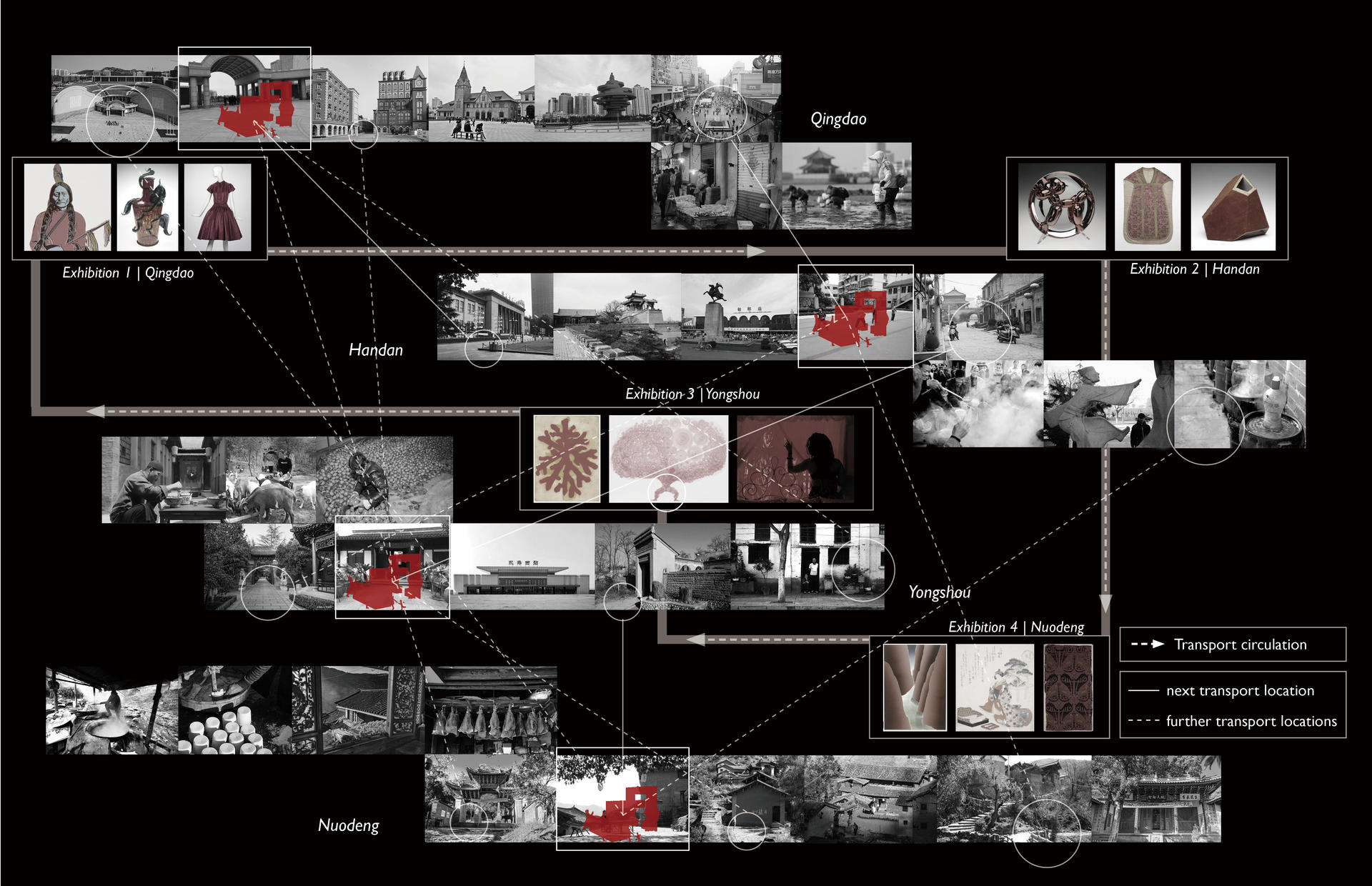
Site analysis
Based on these characteristics of the Chinese Museum, I propose a new form of the museum exhibition, which I will be discussing in detail in the rest of this thesis. According to my design, all museums, large or small, will refocus their purpose on the culture and art aspect instead of the political side. China apparently needs more such museums for the general public to serve as platforms for aesthetics and education. Moreover, in my design, the museums will distribute more evenly across different regions of China, regardless of the area's economic status. In this way, every citizen has the opportunity to appreciate both the traditional and the modern facets of a broader cultural landscape.
Image
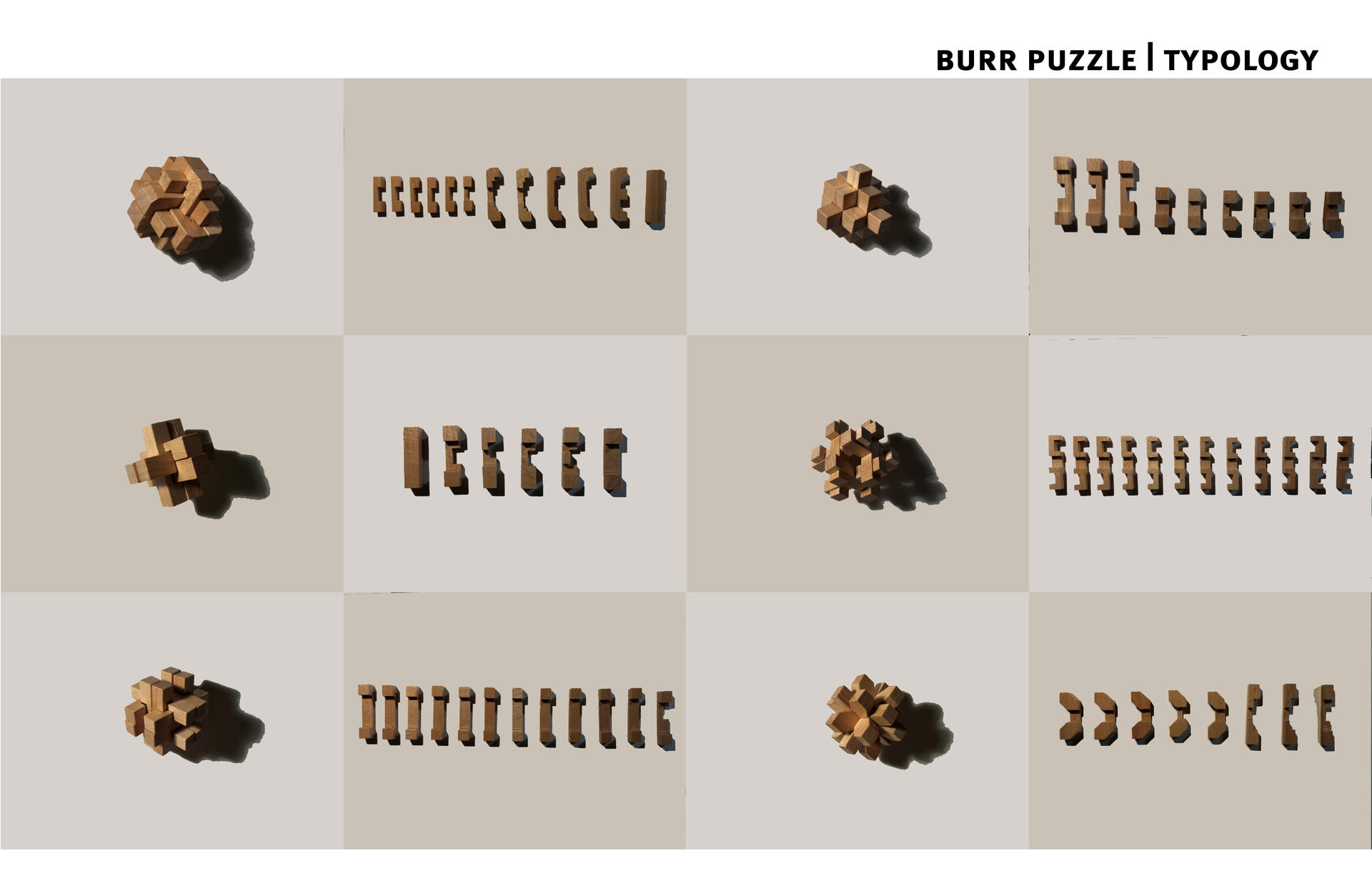
Image
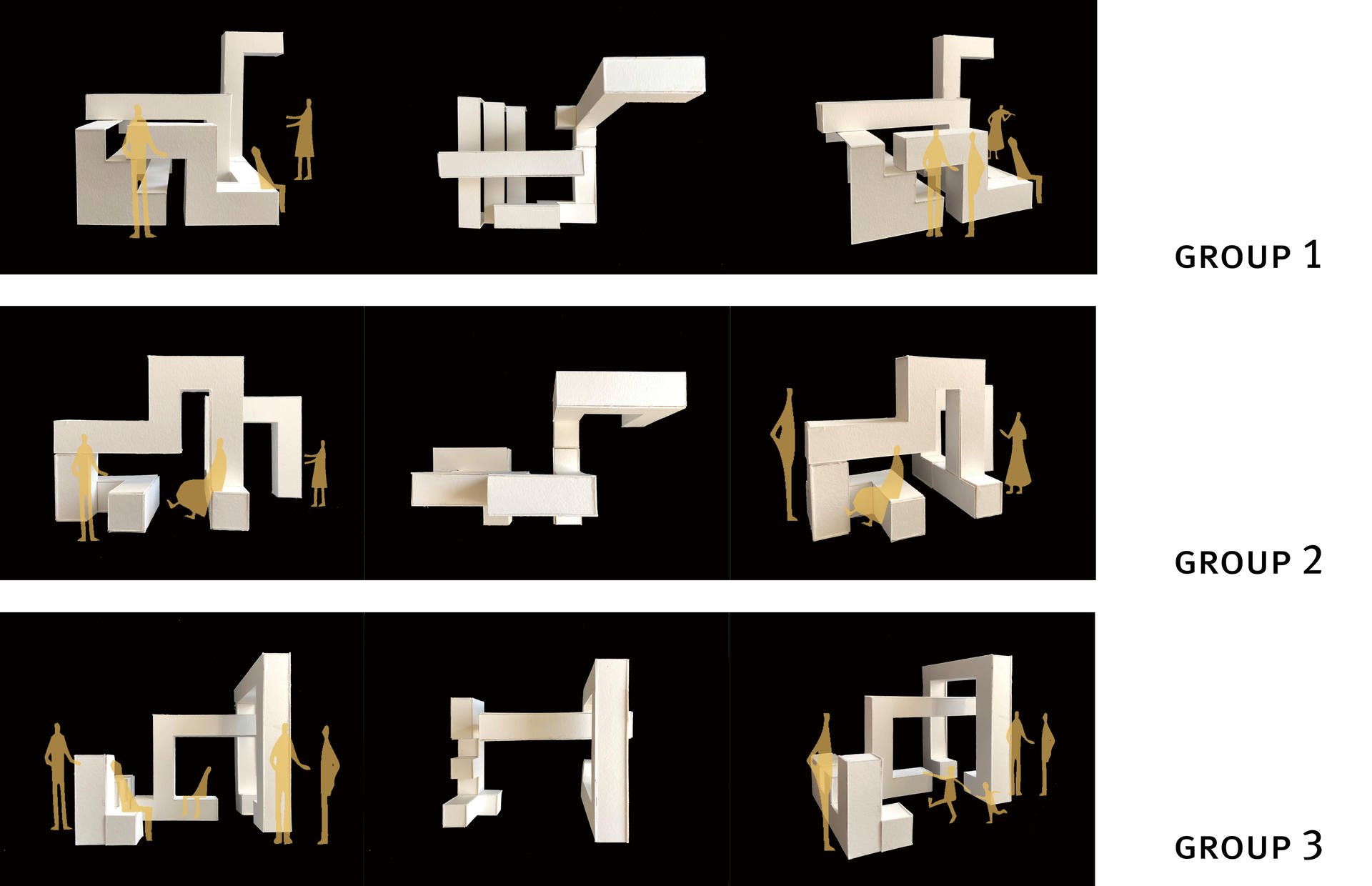
Image
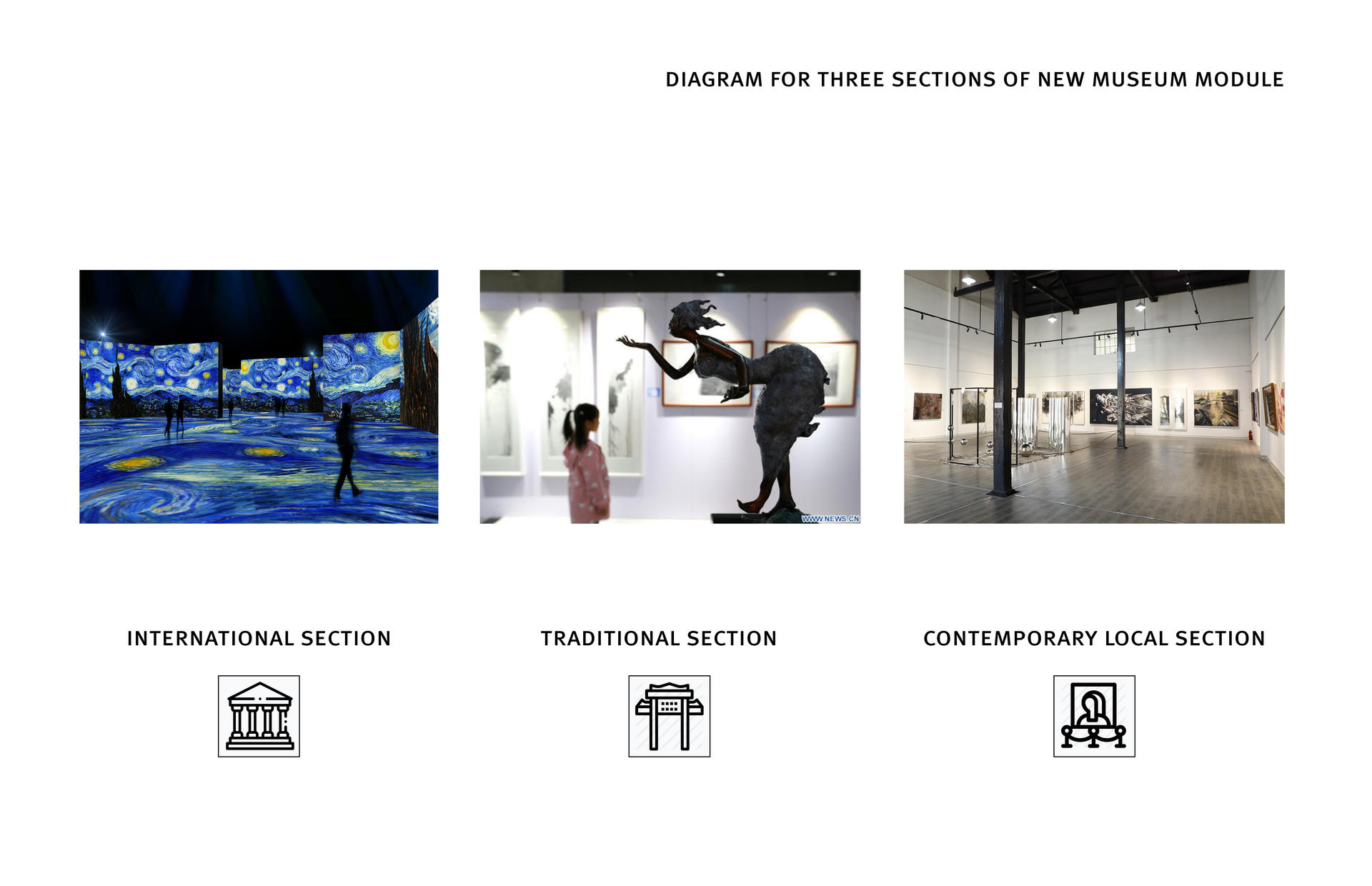
Design Proposal
As is noted by Stefan Thomke, the founder of GMP, after the adaptive reuse of the National Museum in Beijing, China's economy is growing with an unprecedented speed, on the one hand, it can still, on the other hand, look back on the traditions while standing on the forefront of history. A natural question is: how do we combine the two? China, a great country seeking a balance between tradition and modernization, its identity is based on pictures or metaphors, just as the Chinese language is by itself a kind of hieroglyph.
Based on this, in my new design, I divide the exhibition module departments into three parts: international (foreign art and culture), local (native traditional art and culture), and contemporary local (combine traditional and modern art in the local area). These three departments have a tight relationship with each other. The third department of contemporary local art is the fruit after introducing foreign culture and rediscovering traditional culture successfully. The reasons for this design are the follows.
First of all, any museum should learn foreign classical art pieces. The international department helps break the local cultural norms and understand the common ground and differences between China and foreign aesthetics.
Secondly, the local department may help rediscover the local culture-related traditional arts or historical objects in China. The local people can also re-recognize their own arts and hometown via the newly developed exhibition module, leading to stronger self-identity so that they will tend to protect local culture more carefully.
Last but not least, the contemporary local department combines traditional and foreign arts, aiming to enlighten the local artists to create art pieces that convey signatures of unique national culture. National arts may only last for a longer time and are even reborn when proper platforms are provided. This is a more acceptable way to encourage the general public to sustain their own culture.
Image
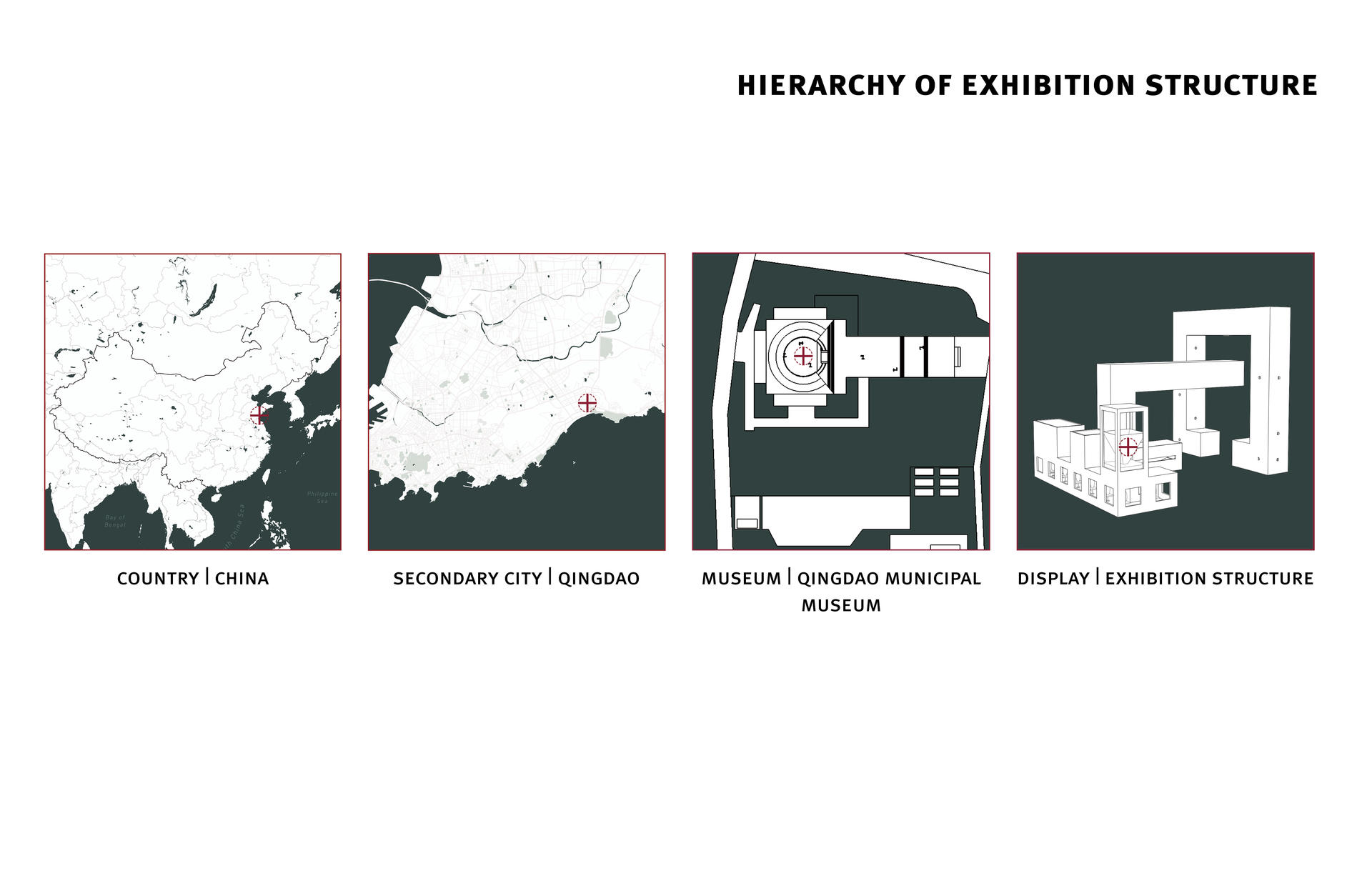
Image
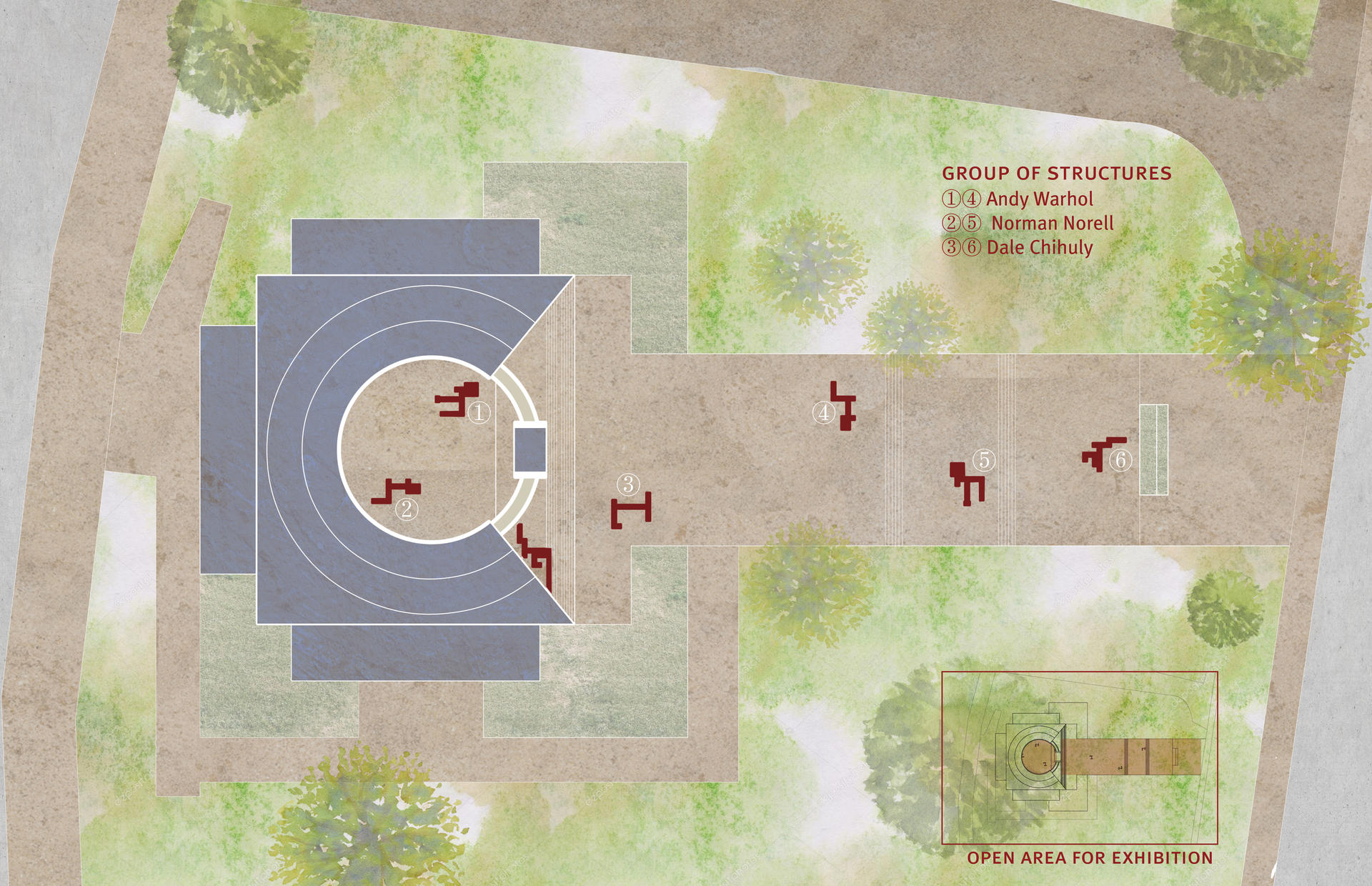
Image
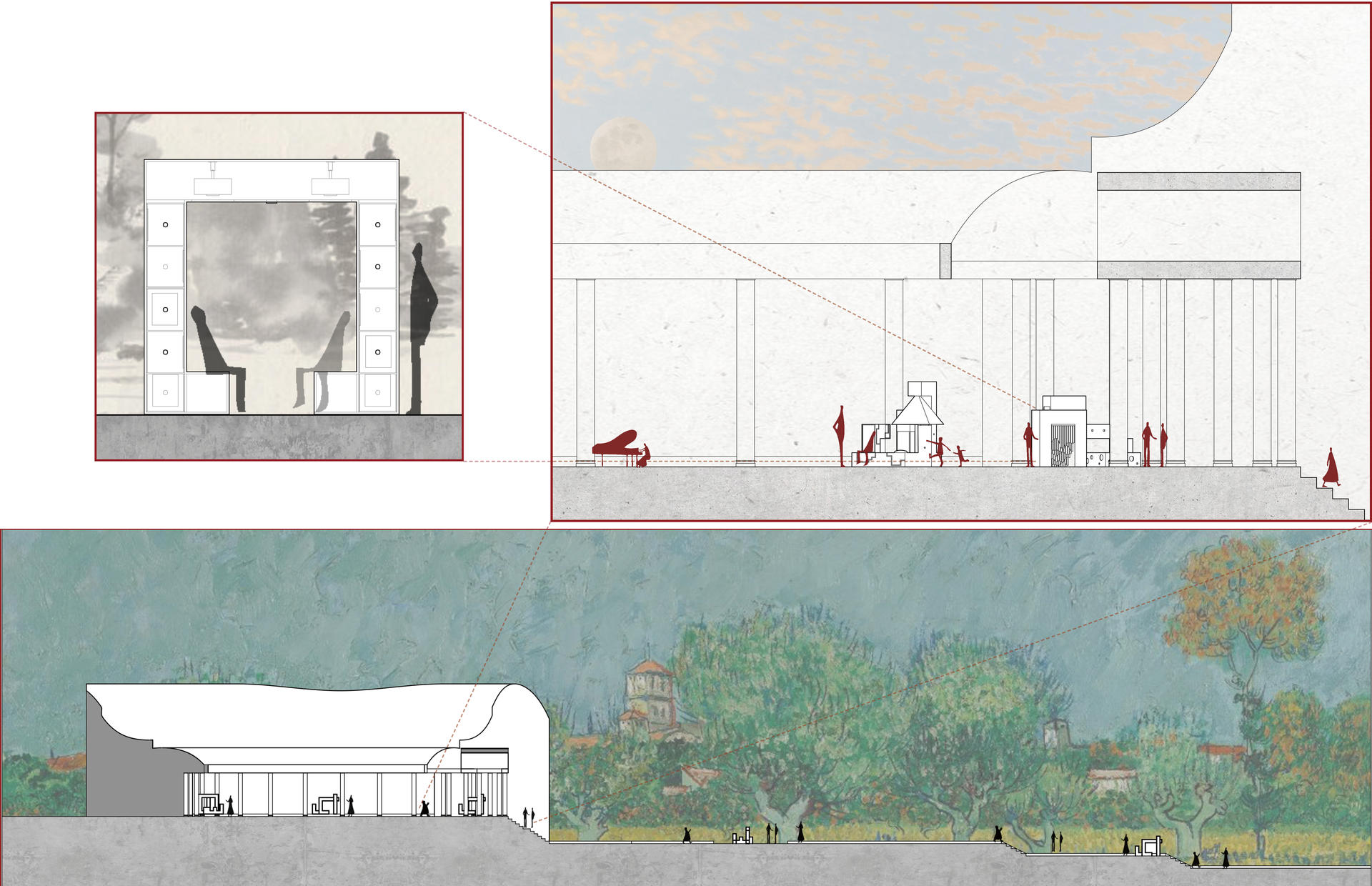
Image
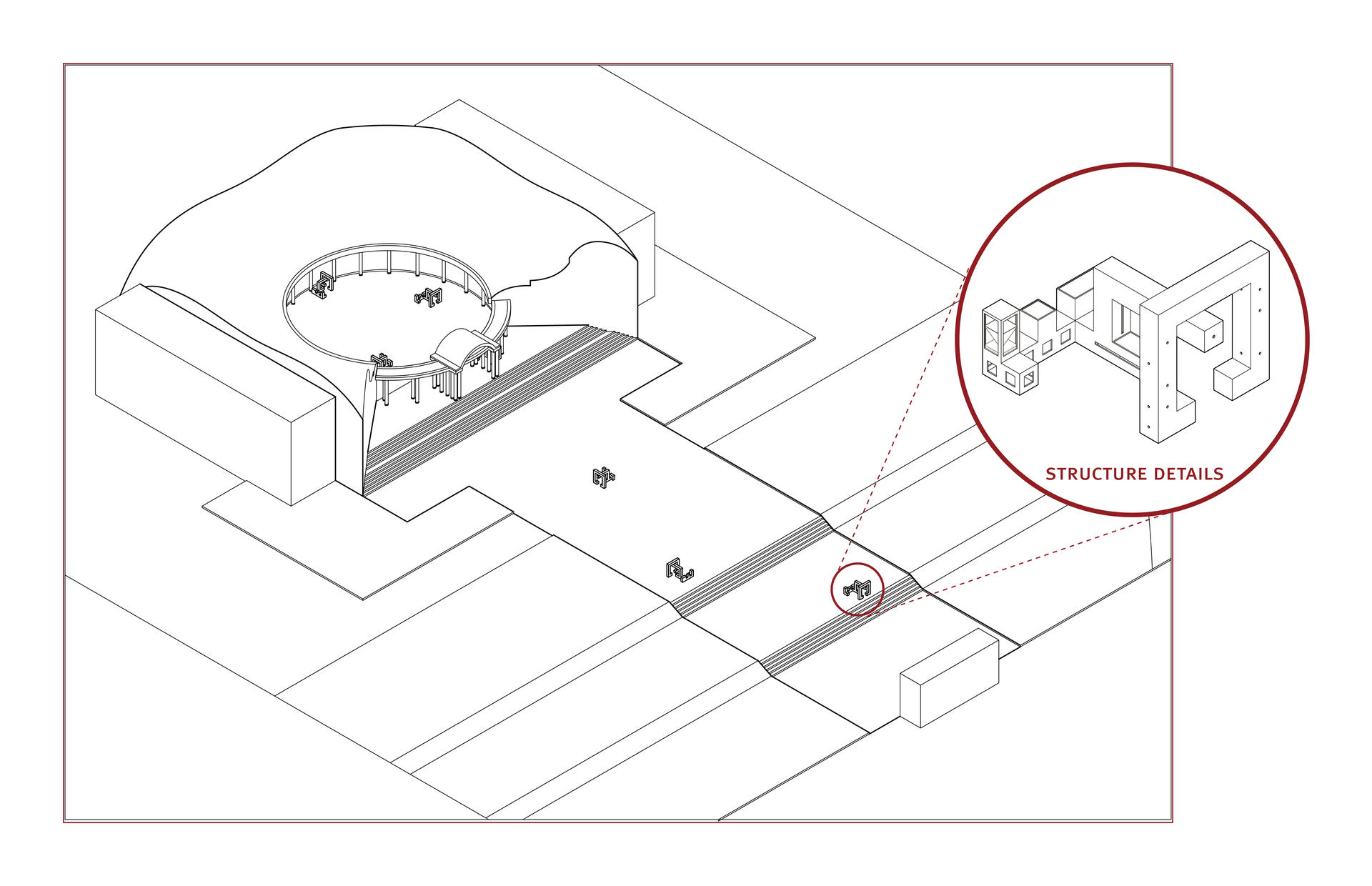
Image

Site technical drawing
To better explain the concept of decentralizing cultural resource, we choose four distinct places in China as sites for the design proposal, which are: a second-tier coastal city Qingdao, a third-tier industrial city, Handan, a village in the Loess Plateau named Yujiagong, a tribal society with old-growth forest called Nuodeng Village.
In the site analysis, I will use Qingdao — my hometown — as a concrete example to demonstrate why I choose the plaza near the Christian Church of Qingdao as the site for my modular exhibition by analyzing the history of the city's architectures and the distribution and exhibition content of museums in the urban area of Qingdao. I will also discuss a premature idea of introducing several famous exhibitions across the globe into this series of outdoor exhibitions.
Image
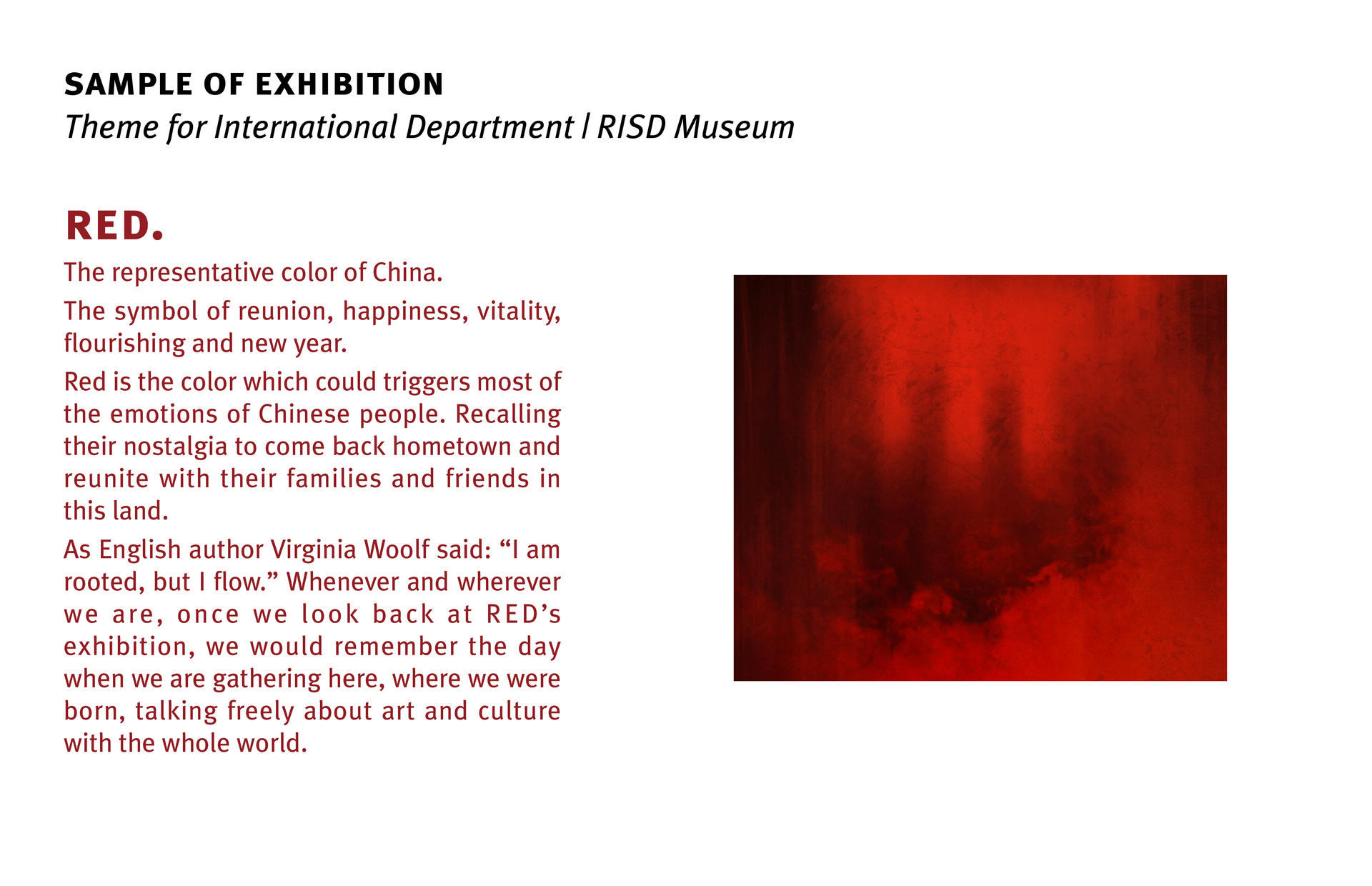
Image
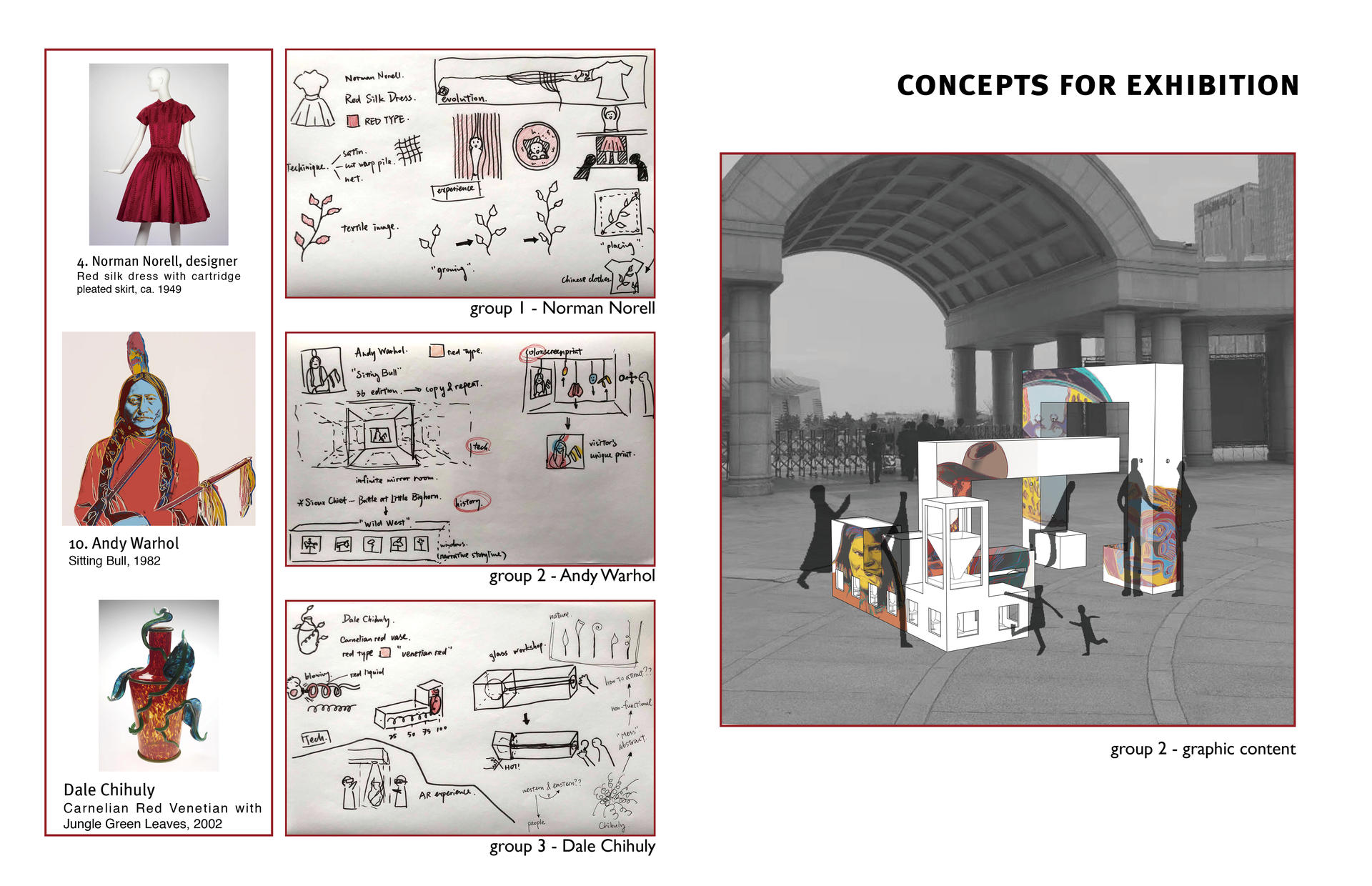
Image
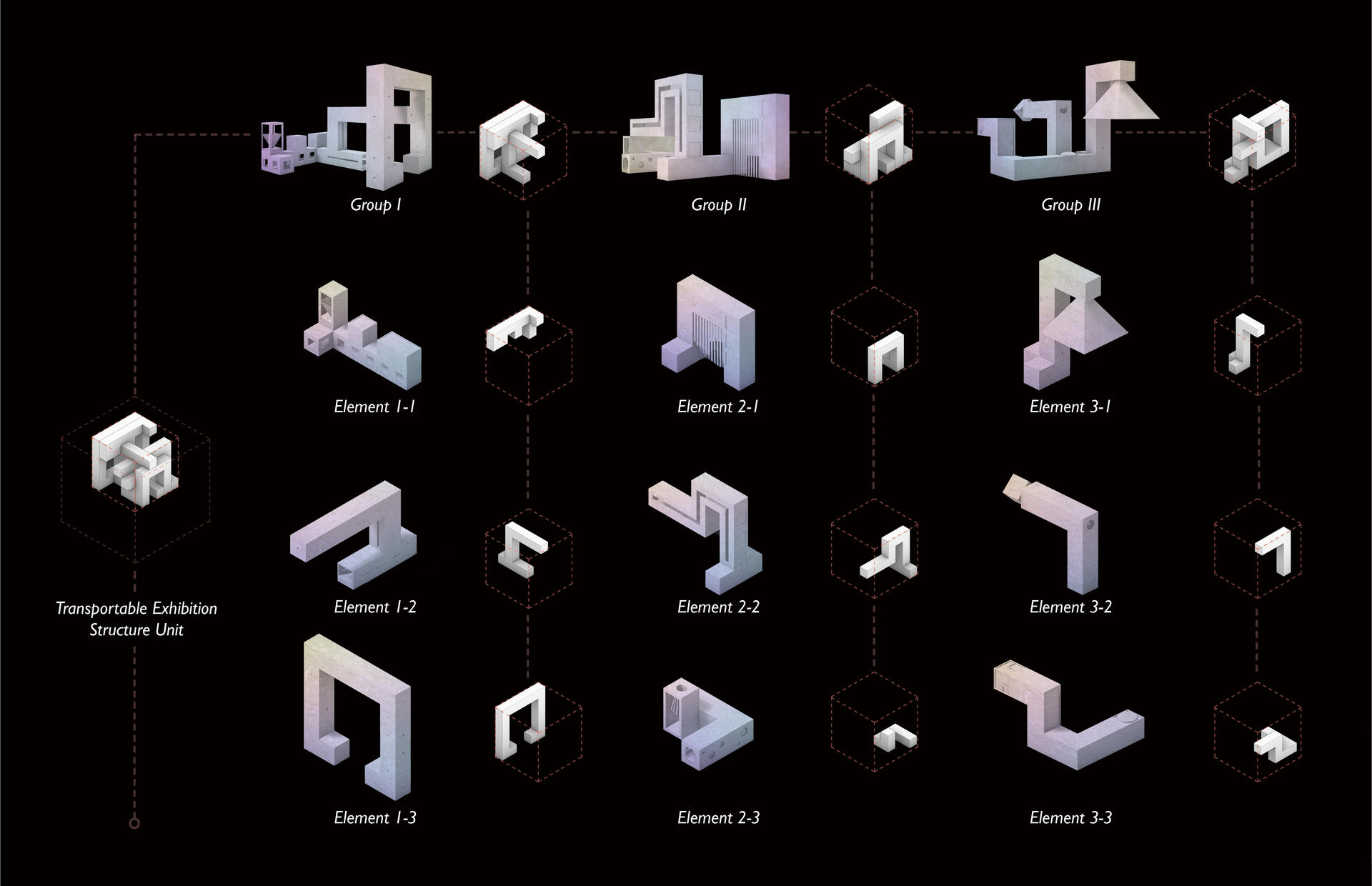
Image
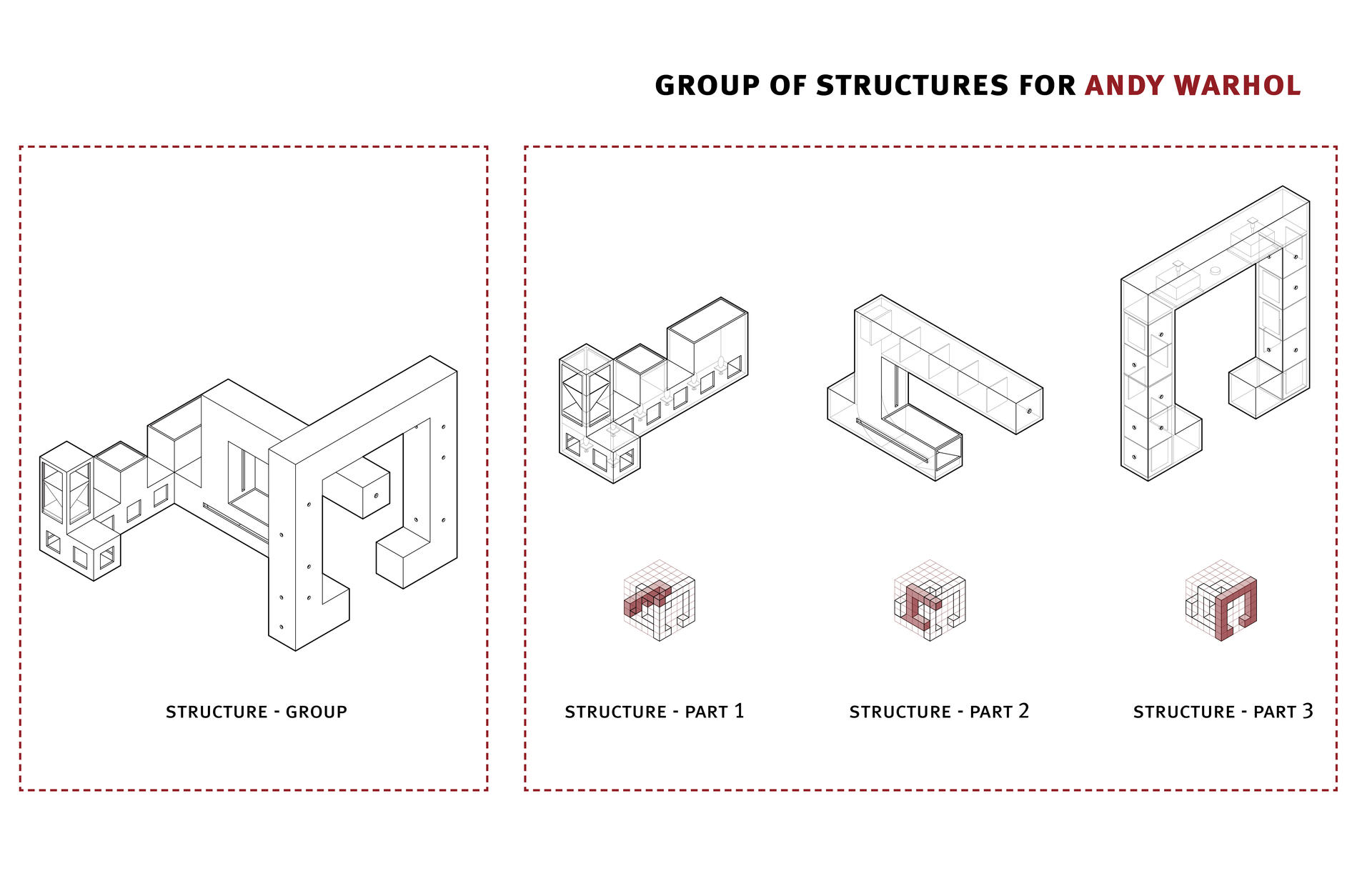
Image
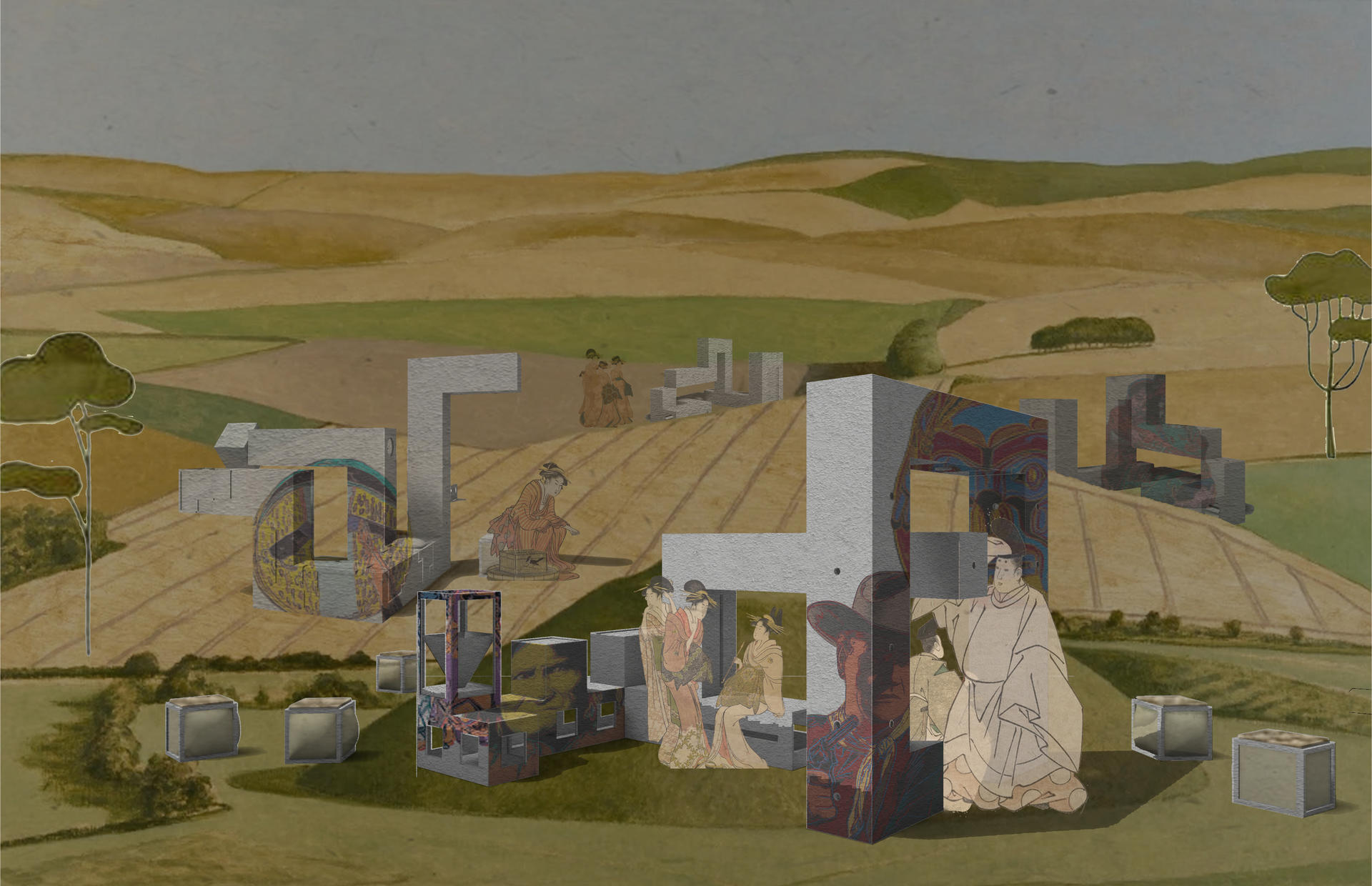
Image
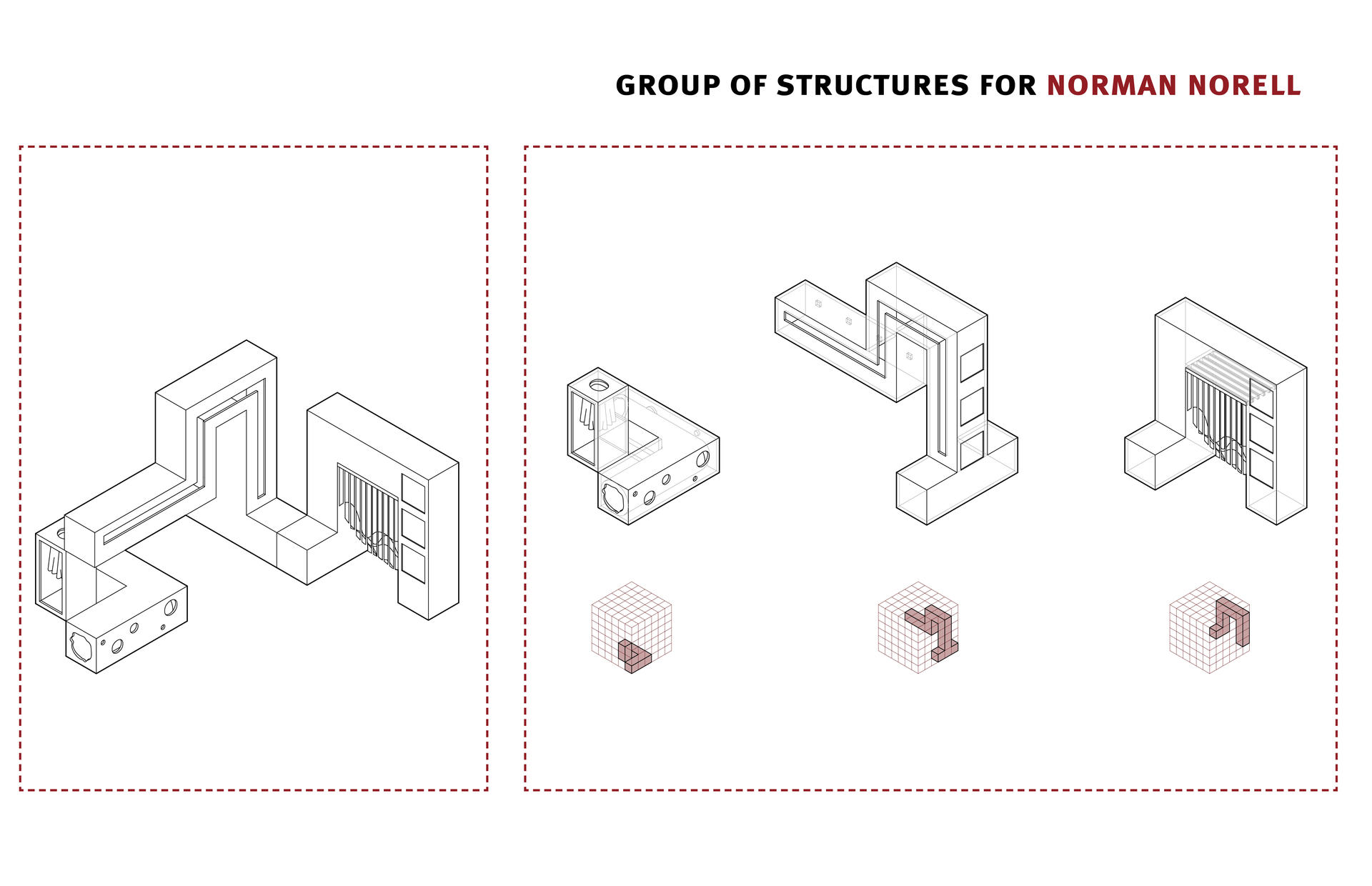
Image
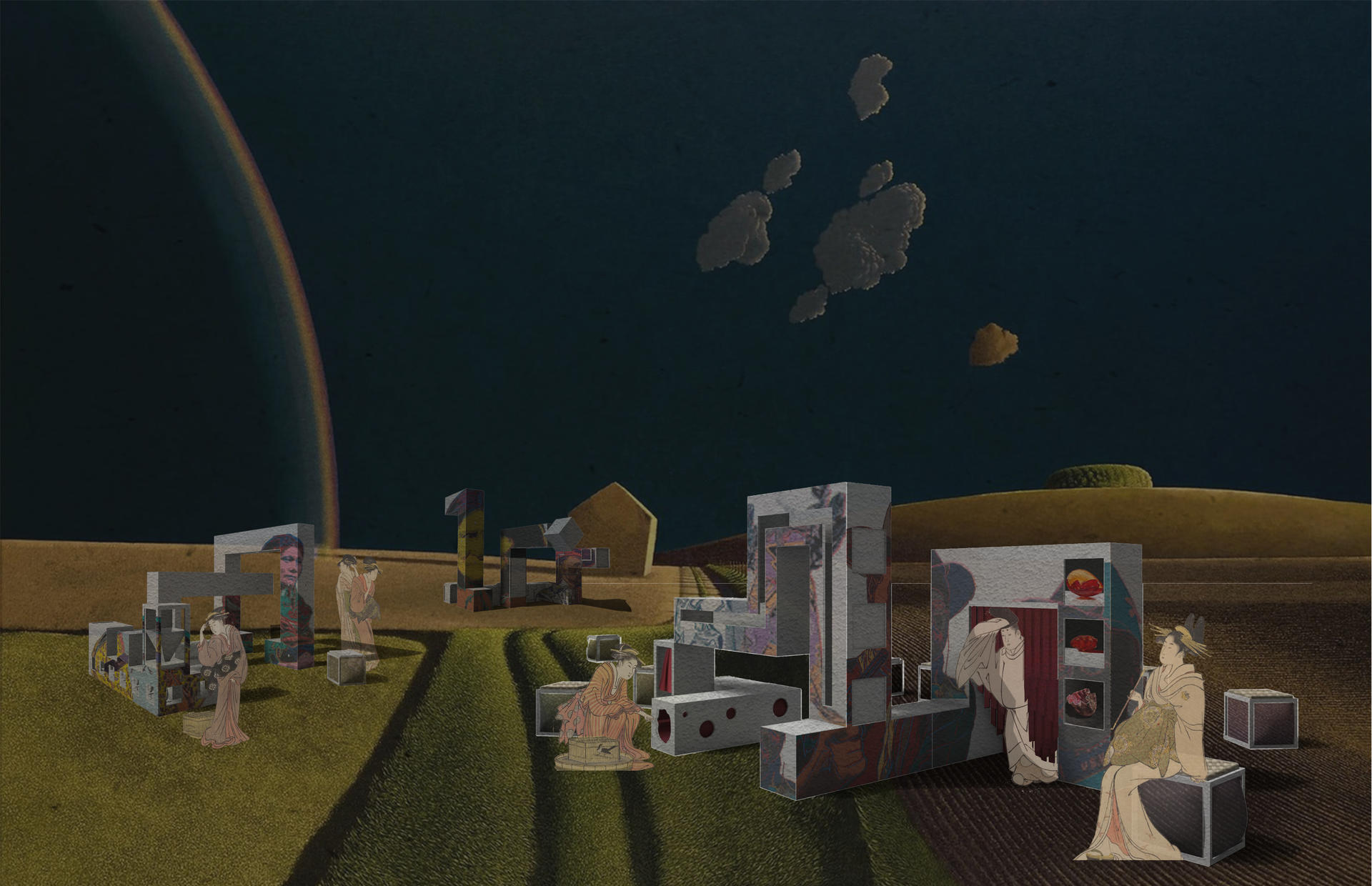
Image
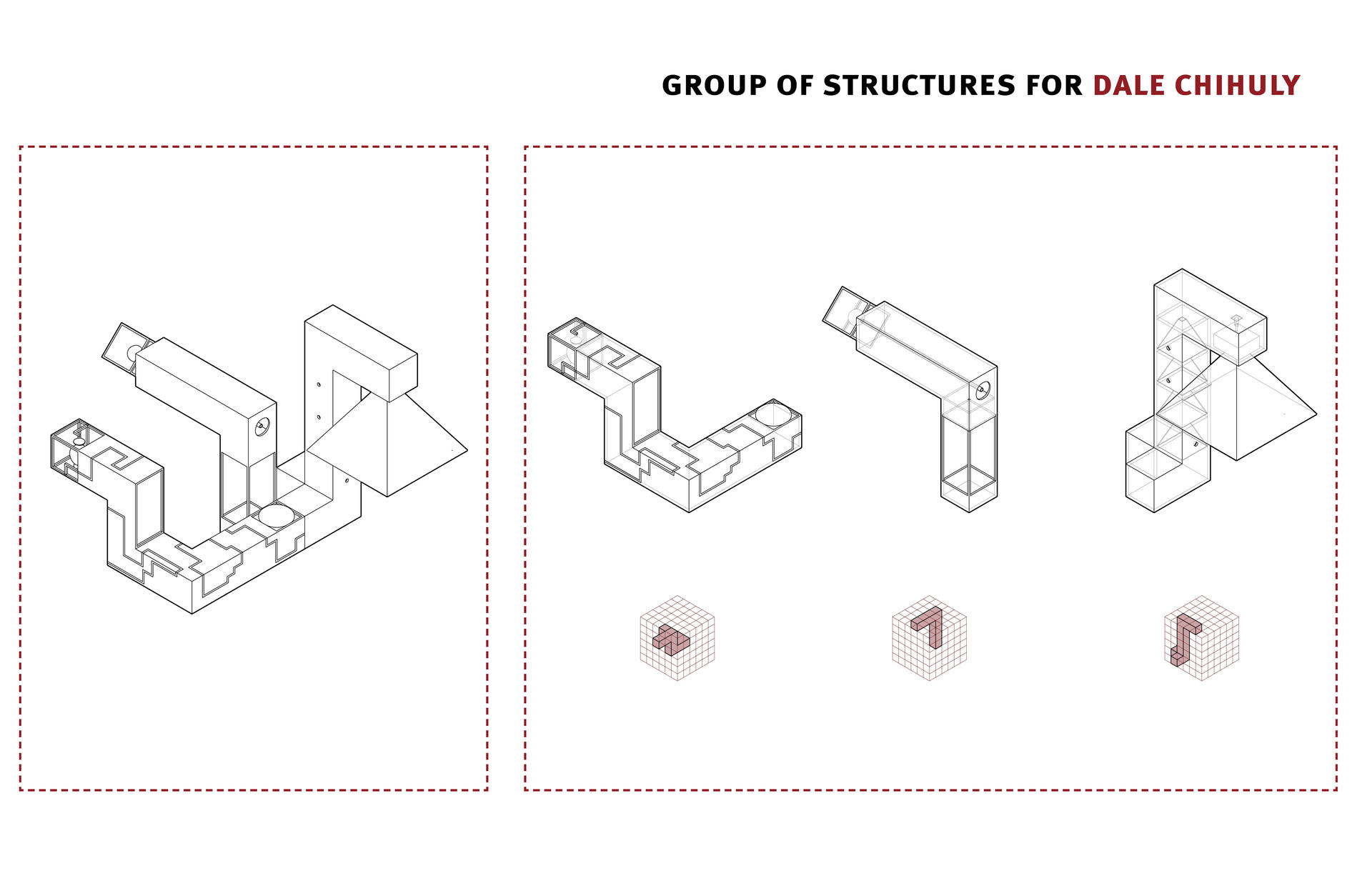
Image
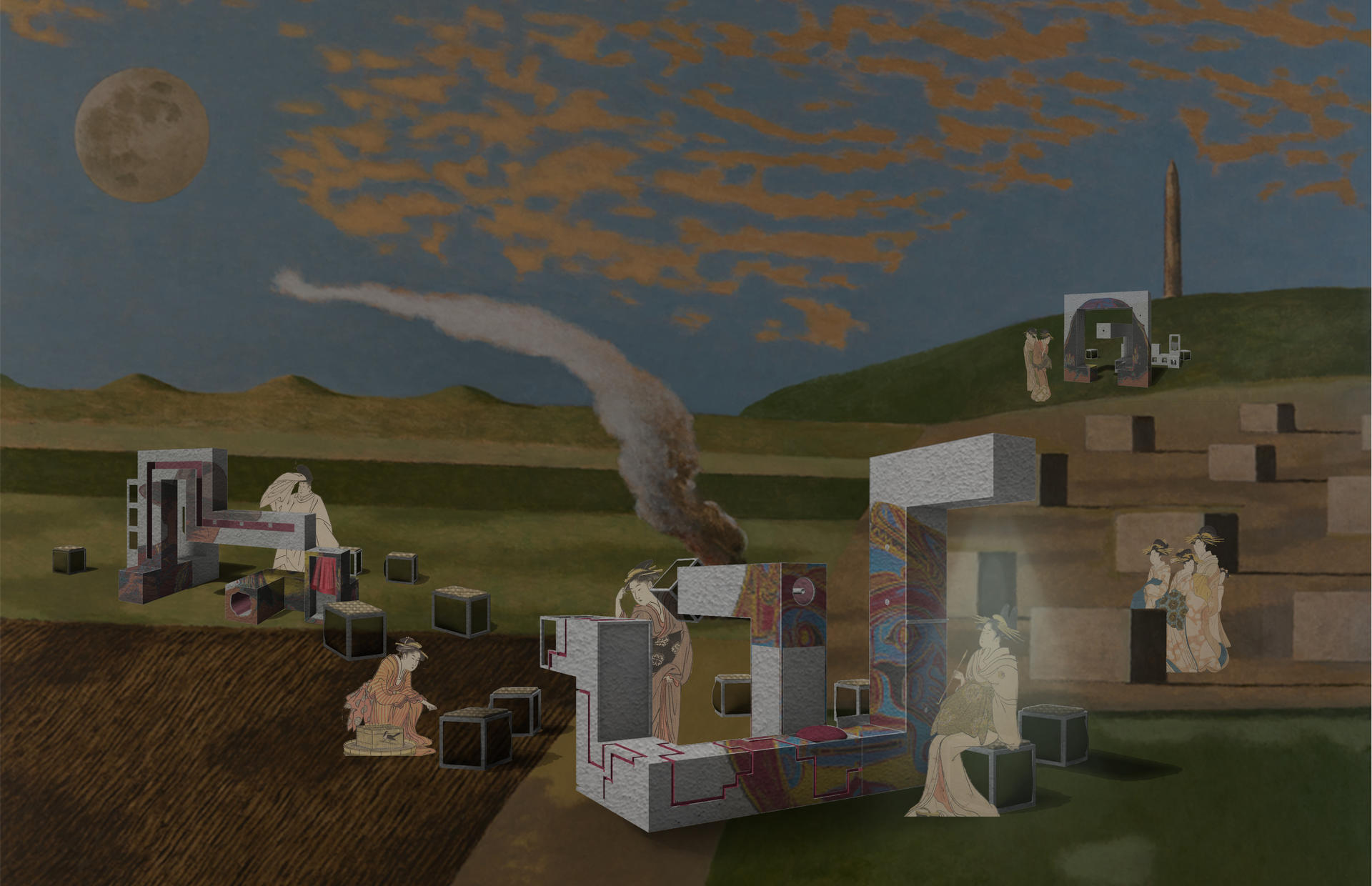
Image
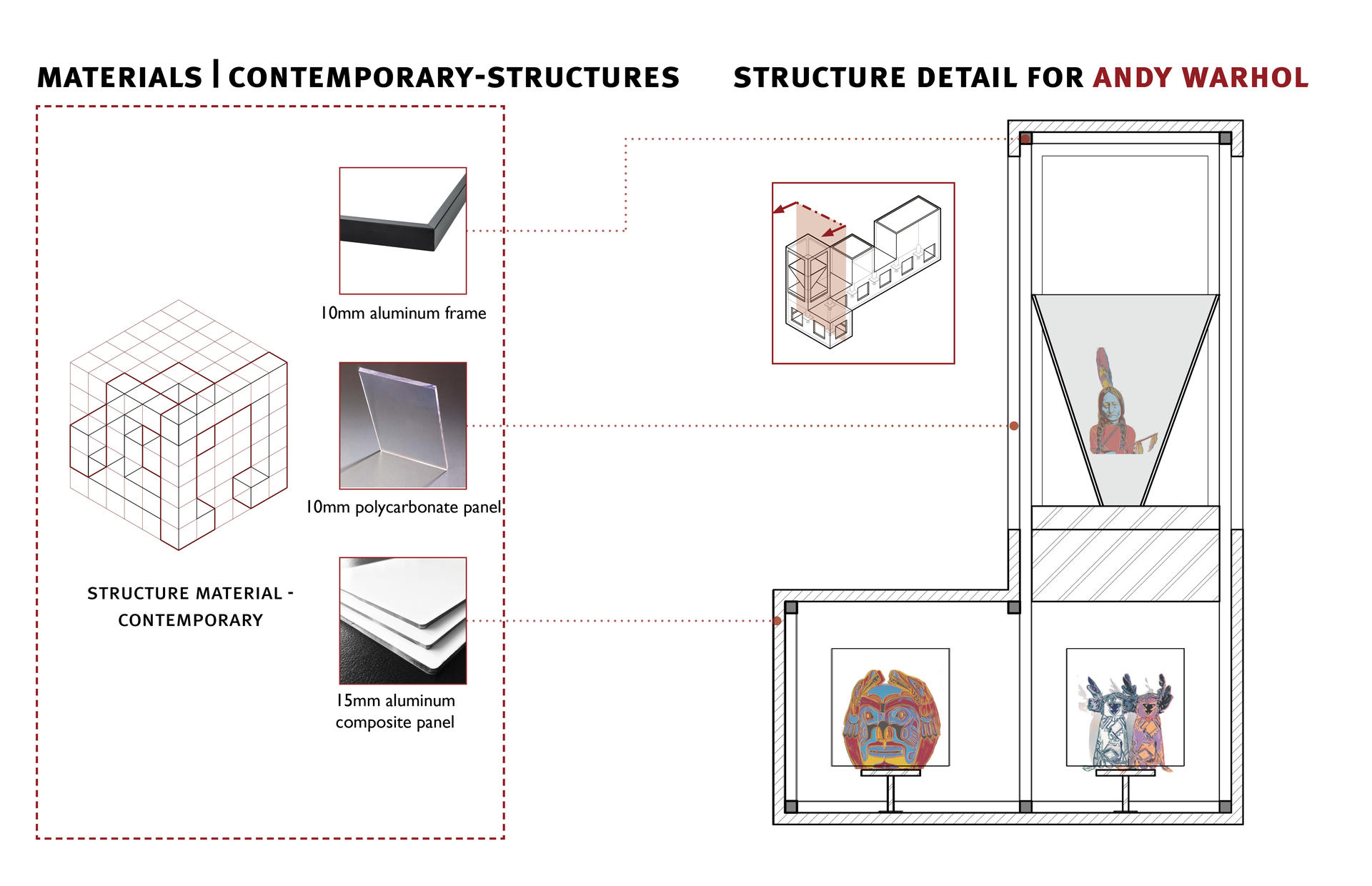
Image
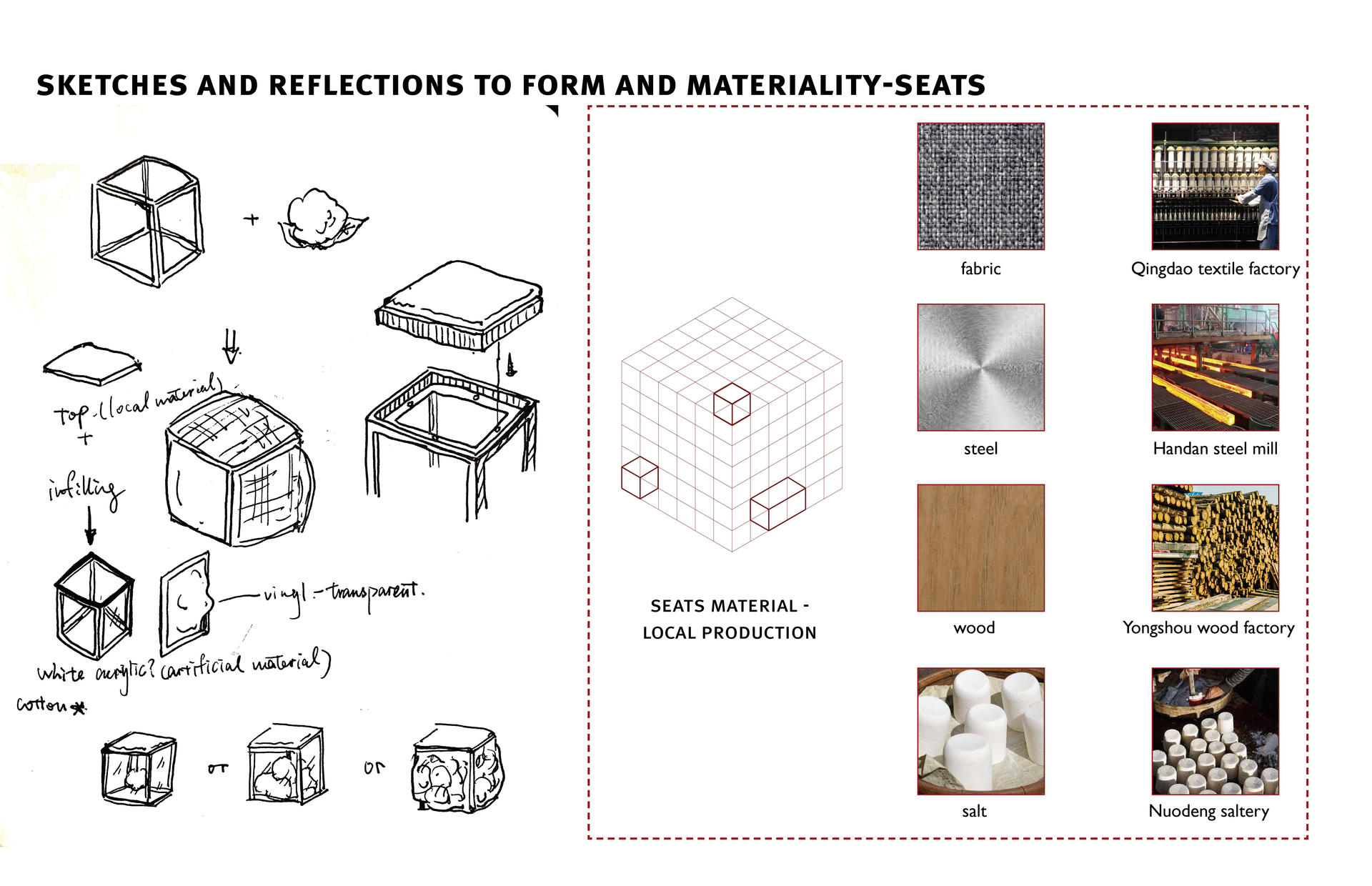
Image
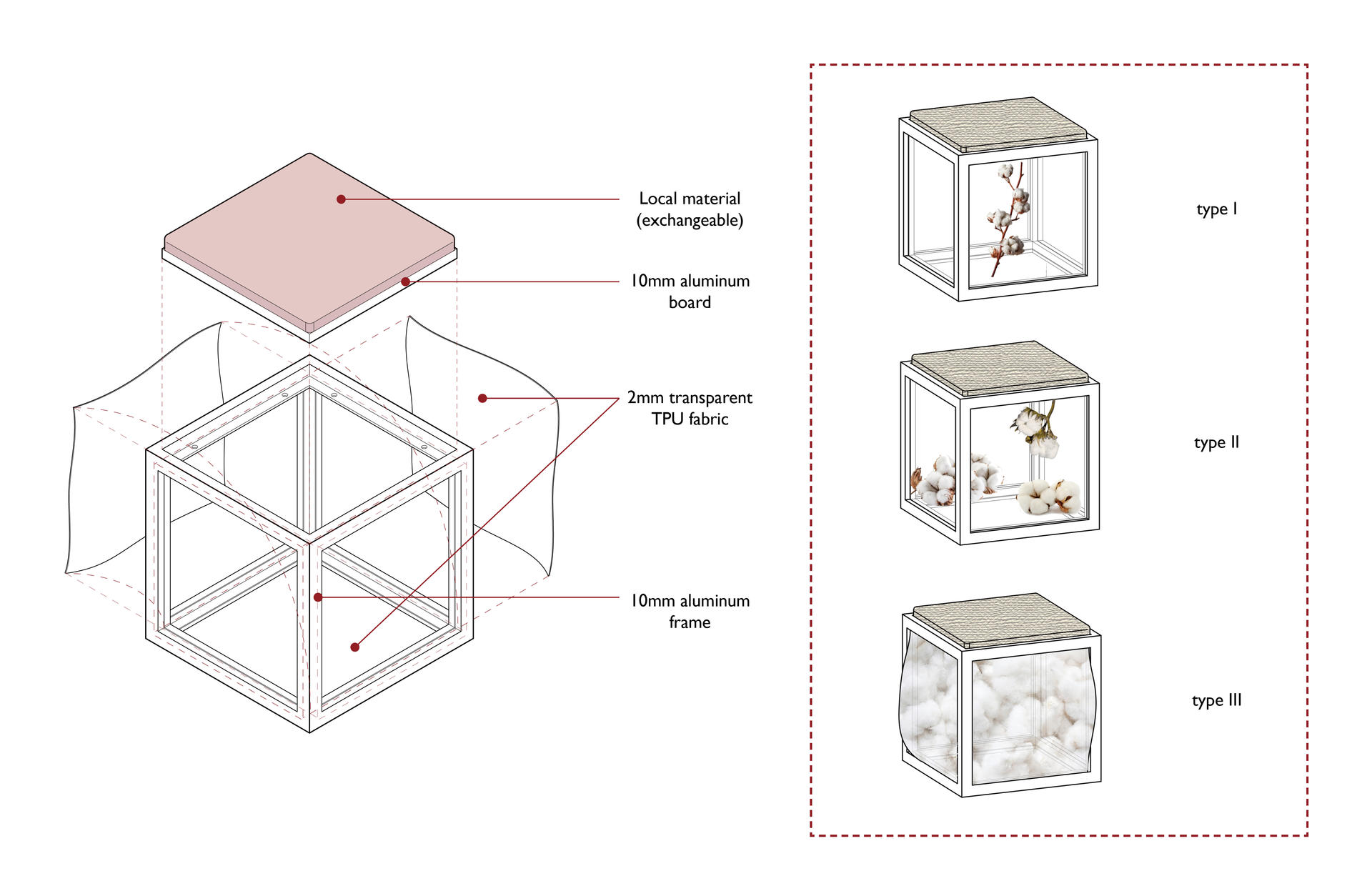
Image
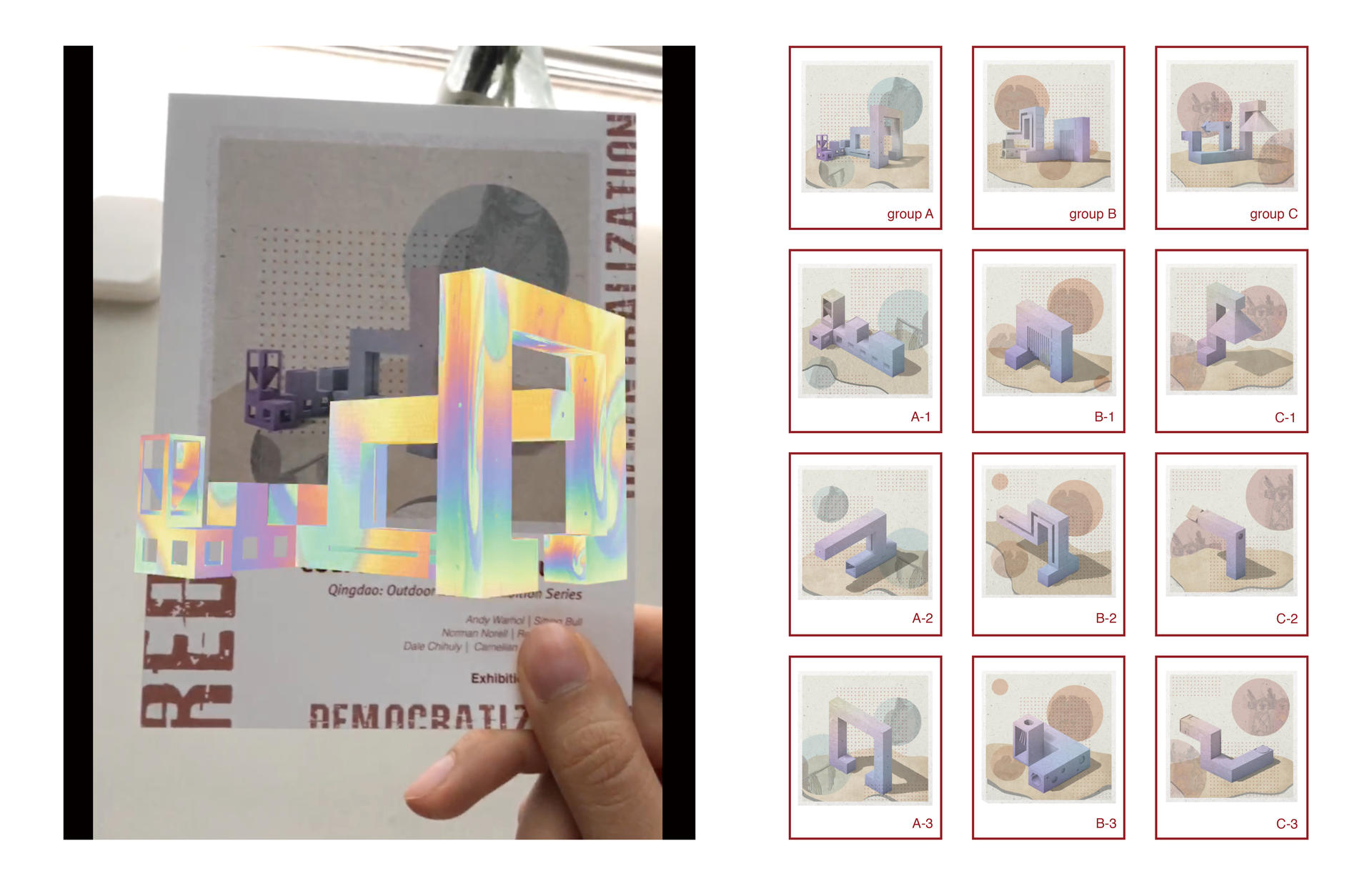
Culture and arts are only concentrated in the most developed areas due to the improper allocation of resources. In contrast, second-and third-tier cities and rural villages lack their fair share of culture and arts, becoming the so-called "culture desert." In an era of the growing disparity in resource allocation, we desperately need a kind of modular exhibition such as this, delving into the deep rural of the country to convey arts, history, and culture to the general public.
To preserve the uniqueness of each place and the sustainability of the environment, the architectural material in this series of exhibitions will be adapted to the abundant goods and architectural property locally. Moreover, we shall design our exhibition flexible and transformable to adjust the exhibition space and style according to the exhibition content.
Aside from introducing foreign collections, all exhibitions around the country will have a special part tailored locally. Using the urban-design method of acupuncture-style exhibition, people will be able to receive aesthetic and cultural education. The culture desert will no longer be desert, and the oasis will be across China.
